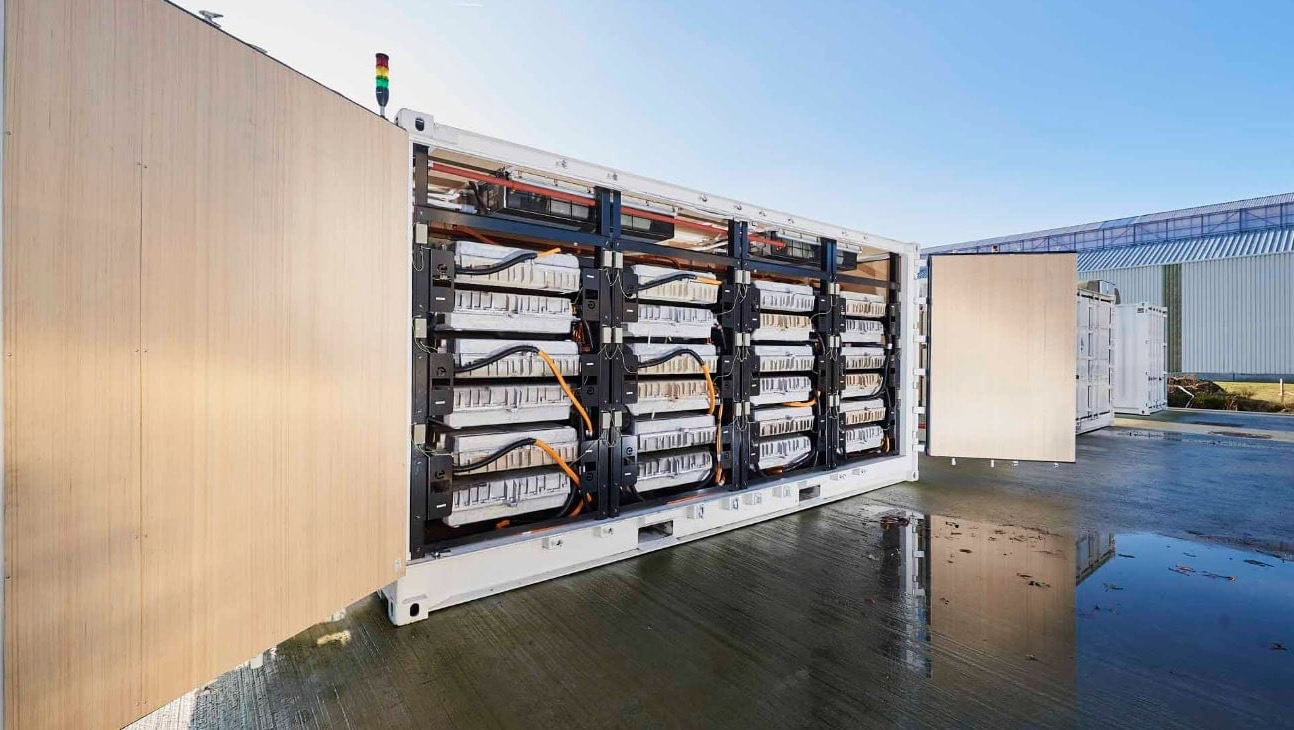“A lot of people are dropping out of the second life energy storage space,”
24,000 sqm, c.US$30 million investment facility will produce BESS units for the residential and commercial and industrial (C&I) sectors using “new obsolete electric vehicle batteries”
most second life systems use batteries which were destined for EVs but never made it onto the road, for manufacturing or warranty reasons
C&I units, of between 82kWh to 1,288kWh, will only use new electric vehicle batteries from German premium vehicle manufacturers
Battery pricing collapse changing rules though
price falls led one company, Finland-based Cactos, to tell us in January 2024 that using new batteries was now more economical than repurposing EV batteries
Germany-headquartered Stabl’s CEO Dr Nam Truong said its systems cost €400-600 per kWh, several times higher than what ‘first life’ BESS cost now thanks to rapid price falls
One second life energy storage source, based in North America, told us recyclers would typically pay US$8 per kWh for batteries while a second life firm would pay around US$30 per kWh

How cheap could second life batteries get if new cells are super cheap already?